Fall has arrived and with the cold weather looming you may be wondering what you can eat that can be both fulfilling and anti-inflammatory for your lipedema care. It’s easy to learn what you should and shouldn’t eat but sometimes hard to stick to it without the background knowledge of why. Knowing the why can help you make the best decisions for yourself and maybe incorporate some things that you may not have thought of before.
Follow an Anti-Inflammatory Diet
It is recommended to follow the RAD diet (or Rare Adipose Disorder diet). The RAD diet is basically a modified Mediterranean diet that helps maintain a low glycemic index. The goal is to keep your insulin levels low by avoiding refined or processed starches and sugars that are found in pasta, rice, bread, corn, and potatoes. Avoiding processed carbs and processed food, in general, will help keep your inflammation at bay and in turn reduce your lipedema symptoms. Along with reducing starches, avoiding gluten(found in wheat, rye, and barley) all together may be necessary to limit flare-ups.
For a healthy lipedema care meal plan, you will want a nutrition plan that is high in omega 3’s. Mainstream health organizations recommend a minimum of 250-300 mg of omega-3s per day, the FDA recommends not to exceed 3000 mg of omega-3, but European Food Safety Authority (EFSA) says up to 5000 mg of omega-3s per day is safe.
Why Are Omega-3s so Important if You Have Lipedema
Omega-3s reduce the production of some substances (eicosanoids and cytokines) released during an inflammatory response in the body, reducing inflammation will help reduce lipedema flare-ups. Some added bonuses of increasing your omega-3 consumption are; it may help fight auto-immune diseases, decrease symptoms of anxiety and depression, improve eye health, promote brain health during pregnancy, improve risk factors of heart disease, reduce symptoms of metabolic syndrome, improve mental disorders, fight age-related mental decline, reduce fat in your liver, improve bone and joint health, alleviate menstrual pain, and improve sleep.
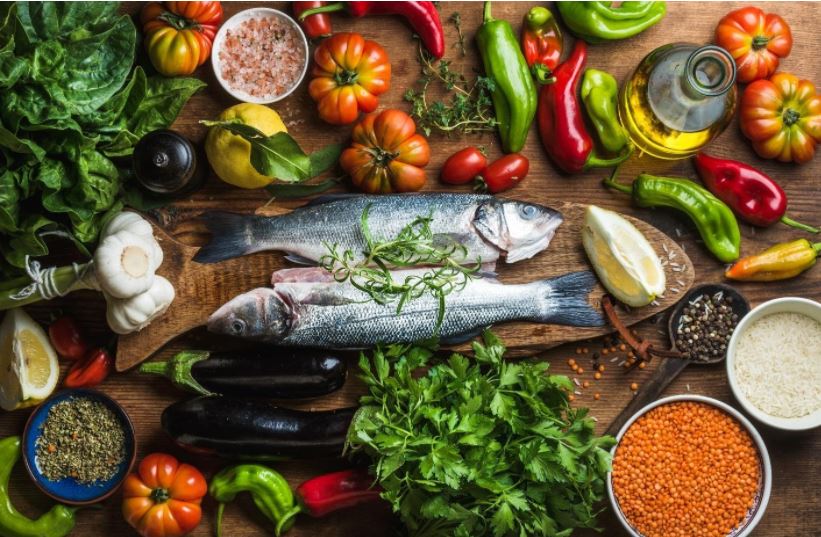

Obviously incorporating more omega-3s into your diet will reduce inflammation and other symptoms that may arise from lipedema but what foods and supplements are best? Fish is high in omega-3s such as Mackerel (4,107mg per serving), salmon (4,123 mg per serving), herring (946mg per serving), oysters (370mg per serving-about 6 raw oysters), sardines(2,205mg per serving), anchovies(951 mg per serving), caviar(1,086 mg per serving). Now if you’re not crazy about fish, there are other options, flaxseeds, chia seeds, walnuts, and soybeans all have a similar amount of omega-3s per serving to their fish counterparts.
**It should be noted that soybeans are high in omega-6s which can cause inflammation so you may want to leave the soybeans out of your diet.
Along with omega-3s, there should be a heavy focus on fiber in your diet plan. It is recommended that men get 38 grams of fiber a day and women 25 grams of fiber per day. Fiber can be split into soluble fiber(metabolized by good bacteria in the gut, water-soluble) and insoluble fiber(does not dissolve in water). Fiber feeds the good gut bacteria and works with our bodies in symbiosis by breaking down what we cannot on our own. By consuming fiber, we are feeding our gut bacteria “prebiotics” which the bacteria break down to produce necessary nutrients, short-chain fatty acids. Short-chain fatty acids feed the cells in the colon which can reduce gut inflammation. Fiber is also a necessary element to help you feel full and stay full longer! Also, it slows down digestion by absorbing water and in turn, increases the number of vitamins and nutrients the body can absorb.
Omega-3s and fiber are incredibly important to reduce lipedema inflammation but what does that mean for what you should eat? Think of the standard food pyramid, instead of the high consumption of grains, it’s recommended to consume high levels of low-carb vegetables, herbs, and spices, such as cabbage, eggplant, carrots, cauliflower, Bok choy, peppers, broccoli, cucumbers, asparagus, etc. Here are some herbs for an extra boost of anti-inflammatory action: ginger, garlic, turmeric(with black pepper for absorption), cardamom, green tea, rosemary, and cinnamon.
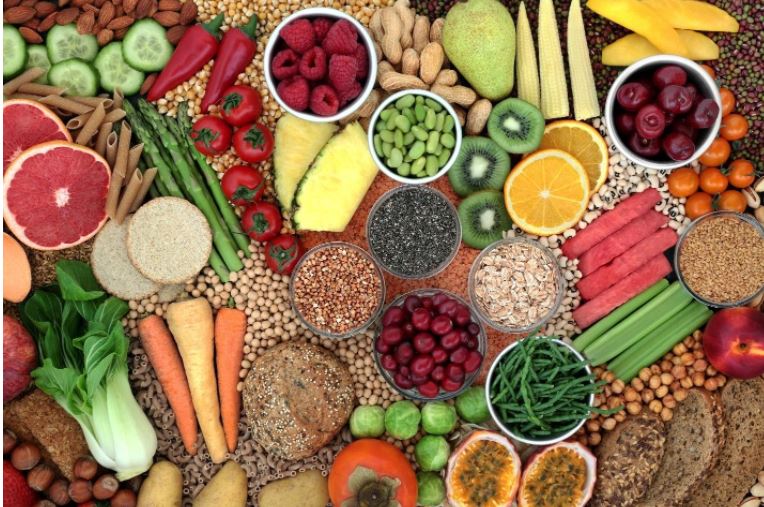

Next on the pyramid, you should consume a smaller amount of healthy fats like nuts- Peanuts, almonds, Brazil nuts, macadamia nuts, hazelnuts, pecans, avocados, coconut oil, and olive oil. Brazil nuts in particular have a large amount of selenium, a necessary nutrient that helps reduce the painful swelling that lipedema causes. It should be noted that only two brazil nuts a day can make a difference!
The next part of our pyramid is healthy protein. We’ve touched on a few fish for your omega-3s but you could also include eggs, chicken, turkey, tofu, shrimp, and tuna. Protein is another important component to help you feel full and stay full longer which helps reduce cravings.


Lastly, we have lower-carb fruits, beans and legumes, and moderate-carb vegetables. Some lower-carb fruits include berries, melons, kiwis, mangos, and raisins. It is best to try to eat the rainbow! Each color has different nutrients and antioxidants necessary for a long-term healthy body and it’s much easier to track the colors you’re eating versus every nutrient each fruit/vegetable has in it.
Patients with lipedema often have low levels of vitamin D3 so supplementing with four times the daily recommended dose of vitamin D is helpful along with Diosmin, and selenium if you are not able to eat brazil nuts. Fish and krill oil are great supplements to take on days you are not consuming high amounts of omega-3s
Now that we’ve covered food, what else can you do to keep lipedema symptoms aways? There are multiple ways to keep your lymphatic fluids flowing such as yoga, dry brushing, massage, and compression garments.
Yoga & Deep Breathing
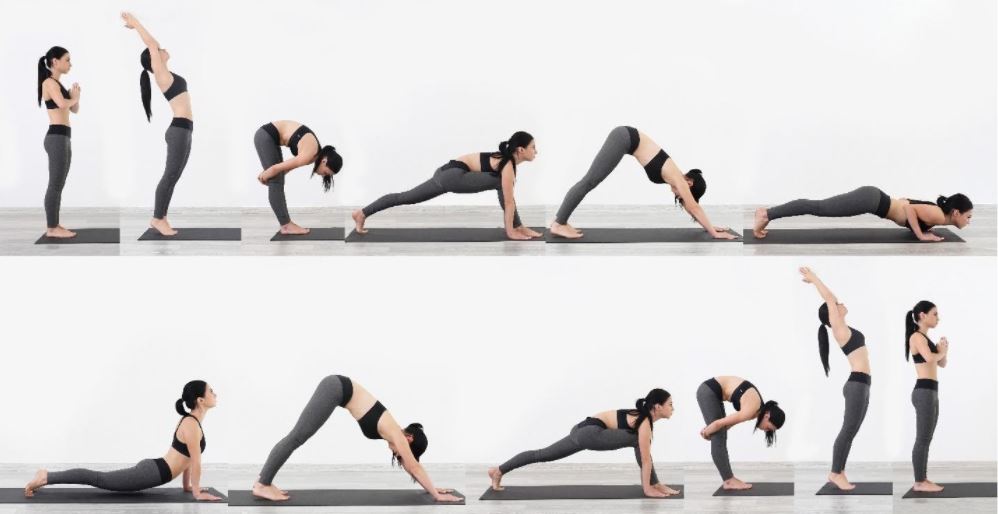

Yoga is all around great for your whole body by lengthening, strengthening, and deep breathing, it can improve your health and mental wellbeing. Lymphatic yoga is even better for lipedema! Lymphatic Yoga can help move the stagnant fluid in the lymph system through the body and to the heart. Dynamic yoga such as sun salutations is great because it keeps you moving from one pose to another and encourages the movement of fluids. Any inversion poses and backbends will help fight gravity that keeps fluids in the lower part of your body from moving to the upper parts. Twists help with stimulating organs and stretching the spine.
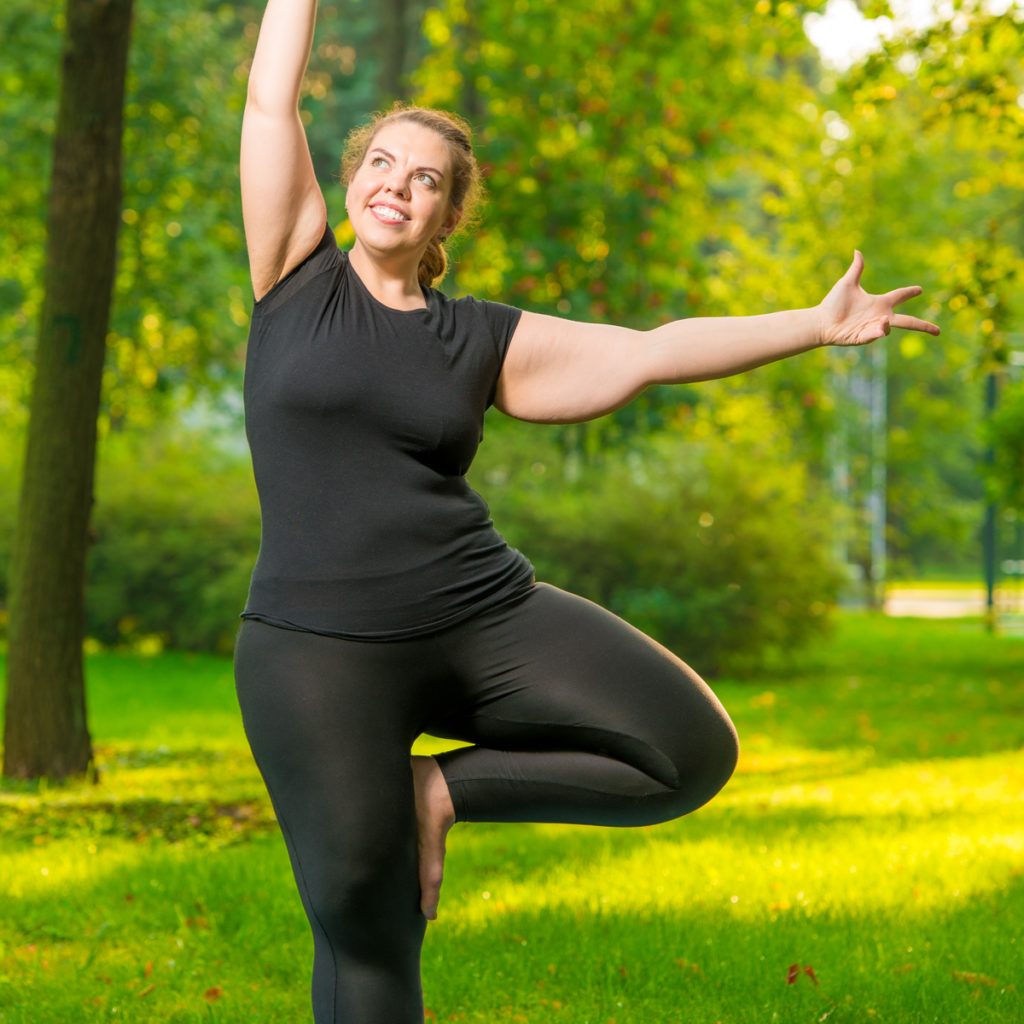

The lymphatic system lies just below the surface of the skin so dry brushing has been shown to stimulate the lymph system and help move venous blood. Dry brushing should be done with long firm strokes towards the heart. Start from your feet to the legs and groin and then hand to your armpits. An added bonus is your skin will be exfoliated and feel amazing!
Massage & Deep Breathing for Lipedema Care
Lymphatic massage is a great way to reduce swelling and improve lymphatic circulation. You can go to a professional massage therapist who specializes in lymphatic massage or you can learn how to do it on yourself at home! When performing these techniques you should make sure you are relaxed, don’t perform this if it is too painful, and it should only affect your skin, so deep pressure is not needed.
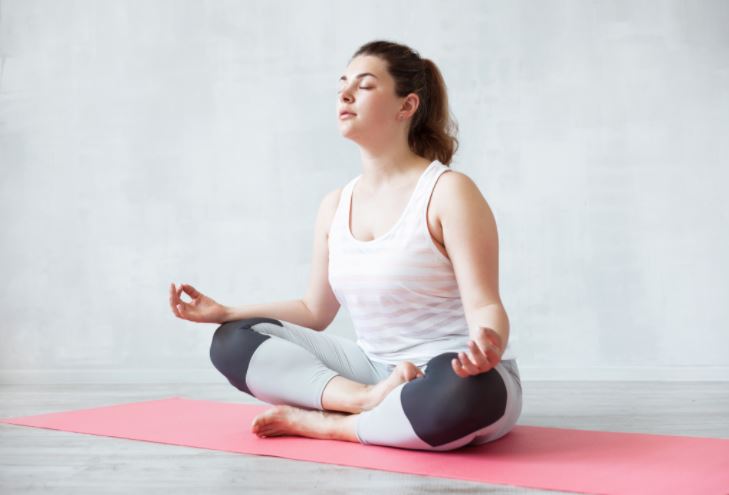

Start by connecting to your deep breaths, slowly inhaling from your nose and out through the mouth. Try to make these breaths as long as possible with a pause between each breath. Like the dry brushing, you start from your feet and pull the skin up towards your heart with light pressure, so the skin stretches. Continue this all around the ankles, then calves and thighs.
Compression
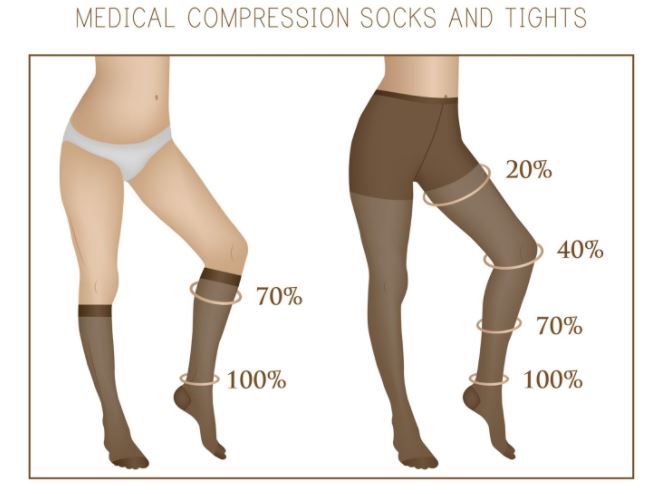

Last but not least, you can use compression garments! Luckily it will be getting colder so it won’t feel so hot and restricting to adding in an extra layer of clothes. It is best to use medical-grade garments because fluid flows from higher pressure to lower pressure and medical-grade compression garments have graduated compression. The compression at the lower part of the garment will force lymphatic fluid from the lower part of your body up through your body back towards your heart. Again, we’re fighting gravity so compression garments will need to be tighter for the legs versus your arms.
You Got This
Now you have all the options to keep your lipedema symptoms low over the winter months, from eating the rainbow to yoga, massage, and compression garments. It’s a difficult disease to battle but you’re not alone, and now you have a few extra tools that can help you along the way. Contact us today!




